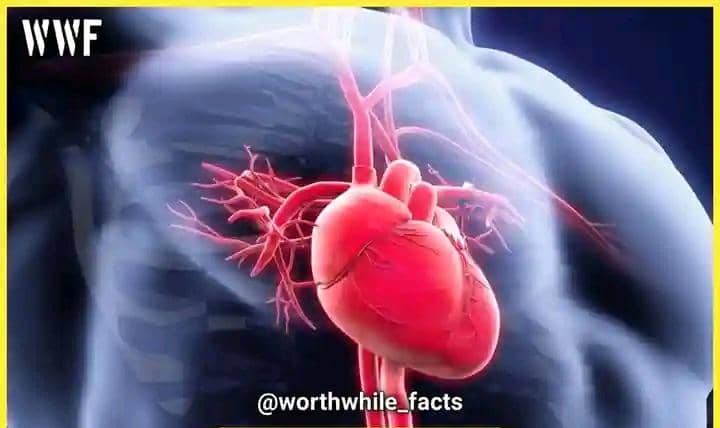Human body is a complex and fascinating machine, with many organs working tirelessly to keep us alive and functioning. Among these vital organs, the heart stands out as a true marvel of endurance. From the moment we are conceived until our last breath, the heart works continuously, pumping life-sustaining blood throughout our bodies.
This remarkable organ functions as a pump in the circulatory system, ensuring a constant flow of blood to deliver oxygen and nutrients while removing waste products. The heart’s tireless work is achieved through a precisely regulated series of events known as the cardiac cycle.
This cycle consists of two main phases: systole and diastole. During systole, the ventricles contract, forcing blood out into the aorta and pulmonary artery. Simultaneously, the atria relax and collect blood. In diastole, the ventricles relax and refill with blood, while the atria contract to pump blood into the ventricles.
This coordinated action ensures efficient blood circulation throughout the body. The heart accomplishes its work through the rhythmic contraction and relaxation of its muscular walls.
This process is regulated by electrical signals that originate from specialized tissue within the heart, ensuring a consistent and responsive pumping action. Blood flow through the heart follows a specific pathway.
Oxygen-poor blood enters the right atrium through the superior and inferior vena cava. It then passes through the tricuspid valve into the right ventricle, which pumps the blood through the pulmonary valve into the pulmonary artery and into the lungs.
In the lungs, the blood picks up oxygen and releases carbon dioxide. Oxygen-rich blood then travels to the left atrium through the pulmonary veins, flows through the mitral valve into the left ventricle, and is finally pumped through the aortic valve into the aorta, which delivers blood to the rest of the body.
The heart’s ability to work tirelessly is essential for sustaining life. It beats around 100,000 times per day, pumping approximately five or six quarts of blood each minute, totaling about 2,000 gallons per day.
This continuous circulation provides every cell in the body with the oxygen and nutrients it needs to function properly, while also removing waste products.
Without the heart’s constant work, brain cells begin to die after only 4-6 minutes of no blood flow, highlighting the critical importance of its unwavering function.
The heart is an extraordinary organ that embodies tireless dedication to keeping us alive. Its intricate structure and precisely coordinated function enable it to continuously pump blood throughout our bodies, ensuring the delivery of essential resources and the removal of waste.
By understanding how the heart works and taking steps to maintain its health, we can appreciate and support this remarkable organ that never tires.

